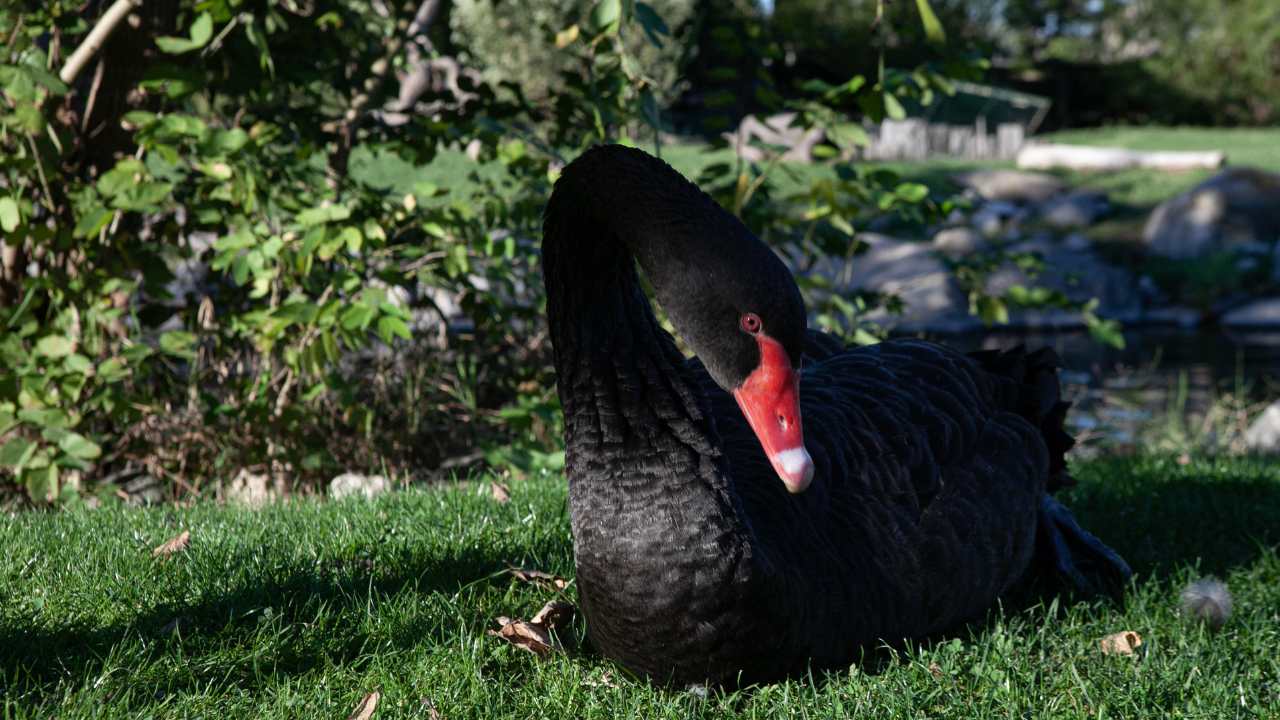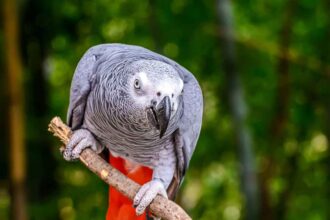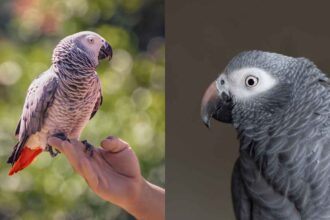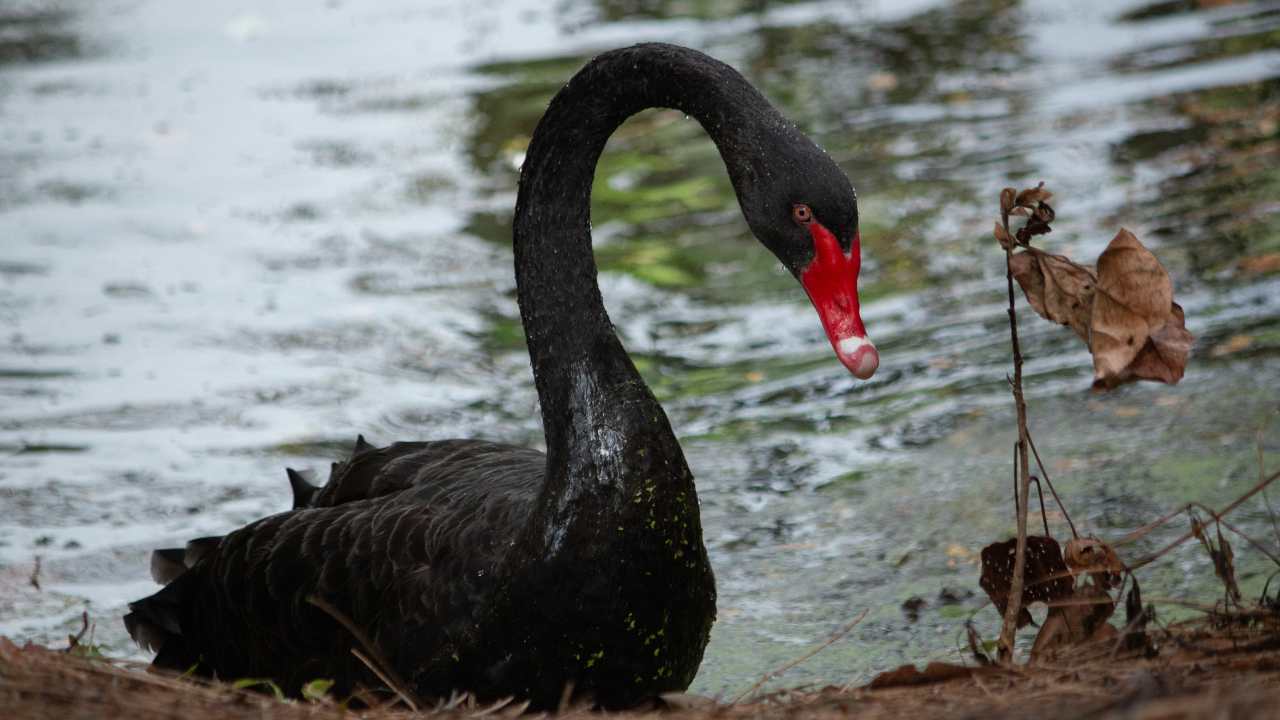Though their remarkable elegance and beauty are widely appreciated, black swans are much more than just decorative birds in their native environments. Black swans are essential to wetland habitats and have a significant effect on aquatic vegetation and the balance of the environment as a whole. We can better understand how black swans contribute to the sustainability and health of their environments—including their interactions with other species and their impact on ecosystem dynamics—by delving into their ecological role.
Recognising Black Swans and Their Environments

Black swans (Cygnus atratus), which are native to Australia, live in freshwater lakes, rivers, estuaries, and coastal lagoons, among other wetland habitats. They have been brought to various regions of the world, including North America and Europe, and are even found in New Zealand. Due to their extreme adaptability and ability to survive in both urban and natural environments, black swans are frequently seen in parks, reservoirs, and protected nature reserves.
The primary food sources for black swans, which are herbivorous birds, are water plants, algae, and submerged vegetation. They may forage by reaching far into the water with their long necks, a technique called “dabbling.” In addition to providing for the swans’ needs, this feeding approach is vital to the wellbeing of aquatic ecosystems.
Aquatic Vegetation and Black Swans: A Tight Balance
The effect black swans have on aquatic vegetation is one of their most important ecological tasks. Black swans are primarily consumers and graze a wide variety of submerged vegetation, including pondweed, algae, and eelgrass. Black swans contribute to the regulation of vegetation development in their environments by grazing on these plants, so averting overgrowth that may cause ecological imbalances.
Aquatic vegetation that grows too quickly can form dense mats that obstruct sunlight from penetrating the lowest reaches of the water column. This can stunt the growth of other plant species and upset the ecosystem’s delicate balance. Black swans contribute to the upkeep of a more varied and balanced aquatic ecosystem by eating these plants, which let light in and support a wider variety of plant and animal life.
Additionally, black swan feeding activity aids in the ecosystem’s nutrient cycling. Black swans release nutrients that had been trapped in the silt by stirring up the dirt at the water’s bottom while they forage. By increasing the nutrients that are available to other aquatic species, including as fish and invertebrates, this process, called bioturbation, supports a diversified food web.
Black Swans’ Function in Managing Invasive Species

Additionally, black swans are essential to the management of invasive plant species that jeopardise the integrity of wetland ecosystems. Aquatic invasive species, such water hyacinth and alligator weed, have the ability to quickly replace native flora, resulting in alterations to the habitat’s structure and a decline in biodiversity. Black swans contribute to preventing the growth of these exotic plants and lessening their negative effects on the ecology by eating them.
However, depending on the particular plants involved and the accessibility of substitute food sources, black swans’ efficacy in managing invasive species can vary. Black swans’ preference for native flora over invasive ones under certain circumstances emphasises the intricacy of their ecological role and the need of comprehending how they feed in various environments.
Keystone Herbivores: Black Swans’ Interactions with Other Species
Black swans are keystone herbivores that affect the quantity and distribution of other species in their respective habitats. Their feeding activities can break up thick foliage into open areas, giving fish, invertebrates, and waterfowl and other aquatic species’ habitats and food sources. Encouraging diversity in habitats is essential to preserving the general well-being and adaptability of wetland environments.
In addition, black swans engage in interactions with other waterbirds, including grebes, ducks, and coots, which might profit from the swans’ feeding practices. Black swans facilitate the movement of smaller birds by uprooting plant material and disrupting the silt, which in turn creates a more dynamic and interconnected ecosystem of wetland species.
Black swans affect plants directly, but they also have an effect on the life cycles of different parasites and microbes. For instance, the quantity of water snails, which act as intermediate hosts for parasitic flukes, can be impacted by the presence of black swans. Black swans indirectly influence the incidence of parasites that can affect fish, birds, and even mammals within the ecosystem by changing the availability of snail hosts.
Black Swans’ Effects on Water Quality

Depending on the circumstances around their habitat, black swan presence can affect water quality in both beneficial and bad ways. Positively, their grazing keeps vegetation from growing out of control, which could otherwise cause low oxygen levels and poor water quality. Black swans provide a balanced plant community, which benefits the general wellbeing of the aquatic ecosystem.
But occasionally, the feeding habits of big groups of black swans might cause the water’s turbidity to rise. Swans can discharge nutrients like nitrogen and phosphorus into the water column as they graze and disturb the substrate. Some species may benefit from this nutrient release, but in nutrient-rich environments—especially in places where water flow is restricted—it may also lead to algal blooms.
Fish and other aquatic life may suffer from reduced oxygen levels in the water caused by algal blooms. Thus, variables including population density, habitat features, and the ecosystem’s general nutrient dynamics all have an impact on how black swans affect the quality of the water.
Black Swans as Ecosystem Health Indicators
Black swans are regarded as significant markers of wetland health because of their sensitivity to alterations in the quality of their environment. Variations in black swan populations or behaviour may indicate changes in the water quality, vegetation composition, or pollution levels in the surrounding environment. Keeping an eye on black swan populations can assist direct conservation and management efforts and offer important insights into the condition of wetland ecosystems.
For instance, a decrease in the population of black swans could be a sign of habitat deterioration brought on by things like rising pollution or the disappearance of good feeding grounds. On the other hand, a rise in swan populations can be an indication of effective habitat restoration initiatives or better wetland conditions. Land managers and environmentalists can learn more about the larger biological processes operating in wetland areas by keeping an eye on the black swan population.
Black swan conservation challenges: preserving their habitats
Black swans are resilient, but they still have to deal with a number of dangers that could affect both their numbers and the habitats they live in. Among the biggest issues are habitat loss and degradation brought on by agricultural methods, urbanisation, and water management techniques. Black swan populations are directly at risk from the degradation of wetlands, one of the most threatened ecosystems in the world.
Other wetland animals, such as black swans, can also be harmed by pollution, which includes plastic debris, chemical runoff, and water poisoning. Furthermore, the availability and quality of wetland habitats may be impacted by changing rainfall patterns, increasing temperatures, and sea level rise due to climate change.
Wetland habitat preservation and restoration, water quality management, and invasive species control are the main objectives of conservation initiatives meant to save black swans and their ecosystems. Additionally essential to conservation are community involvement and public awareness, which help people understand the value of wetlands and the necessity to preserve these important ecosystems.
Black Swans’ Future in a Changing World
Black swans’ importance in preserving ecosystem balance will grow as human activity and climate change continue to alter the natural environment. We can fight to protect the habitats that these birds need and make sure that future generations can experience the grace and beauty of black swans in the wild by realising the ecological value of these animals.
More than merely beautiful birds, black swans are essential to the resilience and vitality of wetland ecosystems. We can contribute to the preservation of these amazing birds and the delicate ecosystems they call home by supporting conservation efforts and engaging in ethical wildlife viewing. In the fight to protect the ecological roles that black swans play in our natural environment, every effort matters, whether it be through habitat restoration, pollution reduction, or community education.





